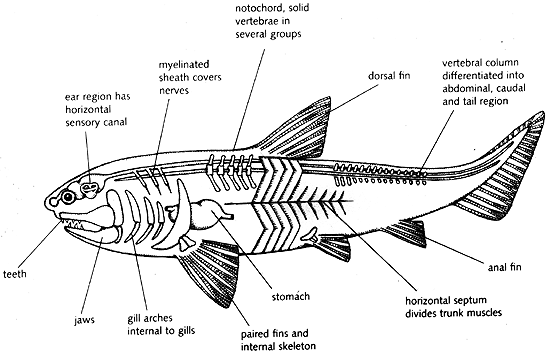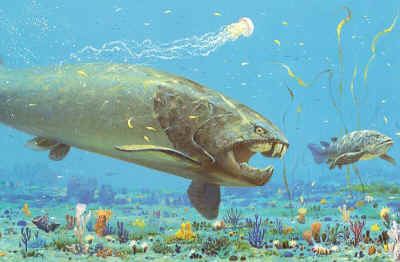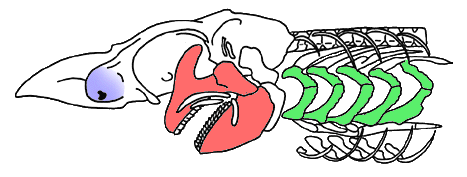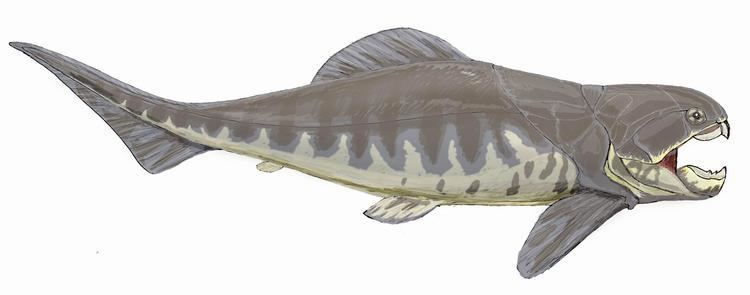Scientific name Gnathostomata Higher classification Vertebrate | Rank Infraphylum | |
 | ||
Lower classifications Similar Placodermi , Tetrapod , Chondrichthyes | ||
Biology animalia part 24 agnatha cyclostomata gnathostomata cbse class 11 xi
Gnathostomata /ˌNeɪθOʊSToʊˈmɑːtə/ are the jawed vertebrates. The term derives from Greek: γνάθος (gnathos) "jaw" + στόμα (stoma) "mouth". Gnathostome diversity comprises roughly 60,000 species, which accounts for 99% of all living vertebrates. In addition to opposing jaws, living gnathostomes also have teeth, paired appendages, and a horizontal semicircular canal of the inner ear, along with physiological and cellular anatomical characters such as the myelin sheathes of neurons. Another is an adaptive immune system that uses V(D)J recombination to create antigen recognition sites, rather than using genetic recombination in the variable lymphocyte receptor gene.
Contents
- Biology animalia part 24 agnatha cyclostomata gnathostomata cbse class 11 xi
- Class gnathostomata fishes
- Classification
- References

It is now assumed that Gnathostomata evolved from ancestors that already possessed a pair of both pectoral and pelvic fins. In addition to this, some placoderms were also shown to have a third pair of paired appendages, that in males had been modified to claspers and basal plates in females, a pattern not seen in any other vertebrate group.

The Osteostraci are generally considered the sister taxon of Gnathostomata.
It is believed that the jaws evolved from anterior gill support arches that had acquired a new role, being modified to pump water over the gills by opening and closing the mouth more effectively – the buccal pump mechanism. The mouth could then grow bigger and wider, making it possible to capture larger prey. This close and open mechanism would, with time, become stronger and tougher, being transformed into real jaws.

Newer research suggests that a branch of Placoderms was most likely the ancestor of present-day gnathostomes. A 419-million-year-old fossil of a placoderm named Entelognathus had a bony skeleton and anatomical details associated with cartilaginous and bony fish, demonstrating that the absence of a bony skeleton in Chondrichthyes is a derived trait. The fossil findings of primitive bony fishes such as Guiyu oneiros and Psarolepis, which lived contemporaneously with Entelognathus and had pelvic girdles more in common with placoderms than with other bony fish, show that it was a relative rather than a direct ancestor of the extant gnathostomes. It also indicates that spiny sharks and Chondrichthyes represent a single sister group to the bony fishes. fossils findings of juvenile placoderms, which had true teeth that grew on the surface of the jawbone and had no roots, making it impossible to replace or regrow as they broke or wore down as they grew older, proves the common ancestor of all gnathostomes had teeth and place the origin of teeth along with, or soon after, the evolution of jaws.

Late Ordovician-aged microfossils of what have been identified as scales of either acanthodians or "shark-like fishes", may mark Gnathostomata's first appearance in the fossil record. Undeniably unambiguous gnathostome fossils, mostly of primitive acanthodians, begin appearing by the early Silurian, and become abundant by the start of the Devonian.

Class gnathostomata fishes
Classification

The group is traditionally a superclass, broken into three top-level groupings: Chondrichthyes, or the cartilaginous fish; Placodermi, an extinct clade of armored fish; and Teleostomi, which includes the familiar classes of bony fish, birds, mammals, reptiles, and amphibians. Some classification systems have used the term Amphirhina. It is a sister group of the jawless craniates Agnatha.
